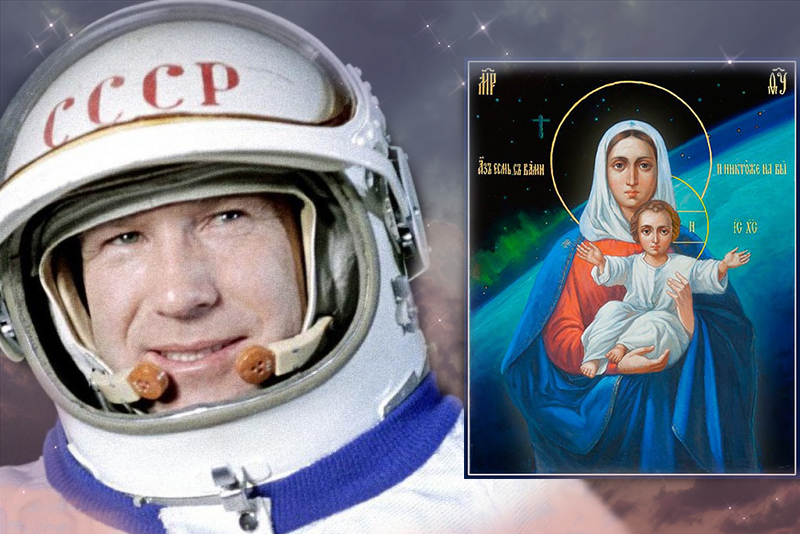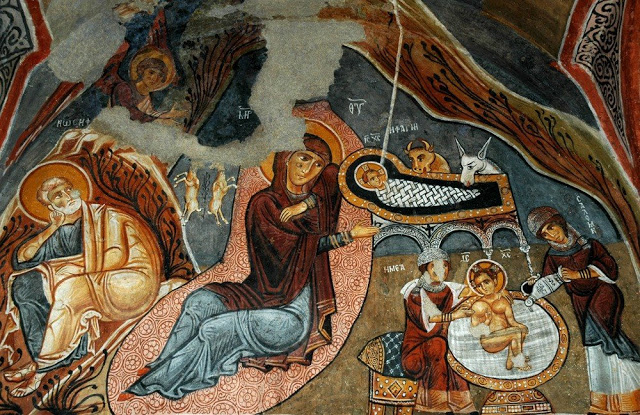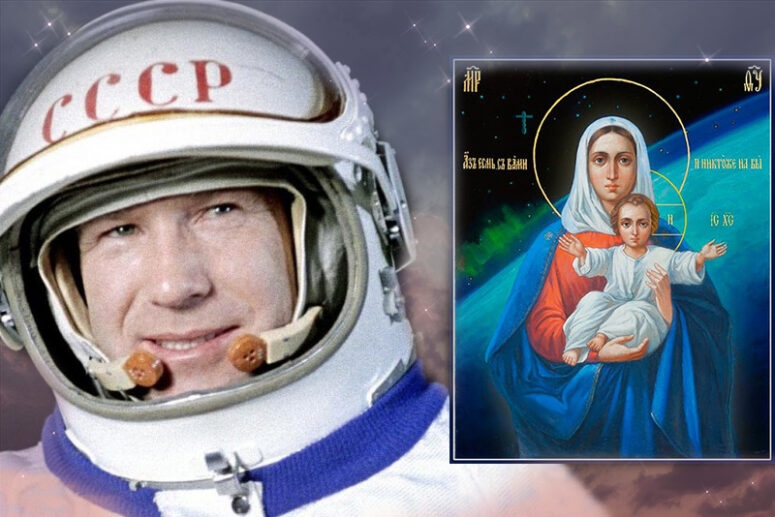
To people with even a limited knowledge of space history, Alexey Leonov does not need an introduction. He went on the first spacewalk in human history. He led the crew at the Russian space station Soyuz-19. He commanded the Soyuz capsule in the Apollo-Soyuz docking mission and is twice the hero of the Soviet Union. A man of legends. He was also a man of versatile talent – an artist, a storyteller and a devout believer.
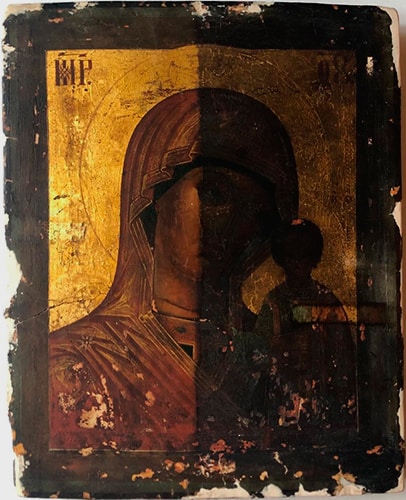
His first icon was the beautiful tiny image of a saint in a gilded frame. He does not know who it was. Could it be the Mother of God? Or Saint Nicholas? He was a little boy then, and he cannot remember.
He climbed on the cupboard and reached out for it to take a better look. His mother walked in on him and cried,
“What are you doing there?” She snatched the icon from the boy’s hands.
“I was just looking,” replied Alexey apologetically.
“Do not touch it. Ever!”
Sadly, his mother’s reaction was understandable for that time. The incident happened in the 1930s. She was a schoolteacher, married to a former rural council chairman, prosecuted in 1936 and rehabilitated in 1939. The family was not on a good record, and an icon in their home could cause the family serious hardships, given the atmosphere in the country.
The little boy Alexey never saw the icon again. His mother must have hidden it away very far. But that did not discourage the boy.
“Why should I be afraid?” he asked himself. He kept thinking about it all the time. Many years later, historical documents were published about the persecution of the Church and the killings at the Butovo shooting range. ‘If so many people suffered, could it be that it was for the right cause?’ he suspected.

In 1982, Leonov, now a world-famous astronaut, was on his way to a space congress. On the flight, he was sitting next to two clergymen. They gave Alexey a small metal icon of the Mother of God.
The flight landed in Toulouse. The hosts took the participants to the space research centre and some of its top-secret laboratories hidden behind doors that opened with key cards. The group came to one of the doors. The guide put the card to the lock, but it did not open. He tried again. The card did not work. Alexey took out the icon, put it to the lock, and the door opened.
The hosts were in shock at how an Orthodox icon in the hands of a Russian astronaut opened the door to a top-secret laboratory of a French space center.
Later, Alexey gave the icon to his colleagues about to fly to the space station. That first icon that went into space was the icon of the Mother of God.
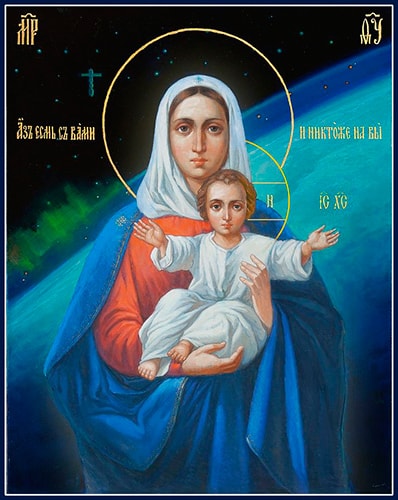
Unlike the other images of the Holy Theotokos, it shows the Mother of God in the background of the planet earth, as seen from outer space. The icon is now kept in Kronshtadt. Its painter drew the Earth from memory, the way he had seen it.
“A clergyman from Kronstadt called me,” recalls Alexey Leonov. “He said, Alexey, they have just built a church at the launch site, and but it does not have an icon of the Mother of God. The Theotokos is present everywhere – on earth, and in space, but all the existing icons have depicted her on earth. Could you paint an icon of the Theotokos against the background of the space? Think about it. It would be good to put one in the church over there?” “I will do my best,” replied Alexey. – He sat down to work, and eventually, the icon was complete. It shows the Virgin Mary behind a cross formed by the trajectories of two space crafts. That cross came to represent peace on Earth, with reference to the Soyuz-Apollo space mission that ended the cold war.
Translated by The Catalogue of Good Deeds
Source: https://foma.ru/tri-ikony-kosmonavta-leonova-pervuju-ot-nego-sprjatali-vtoraja-otkryvala-dveri-i-letala-v-kosmos-tretju-on-napisal-sam.html

